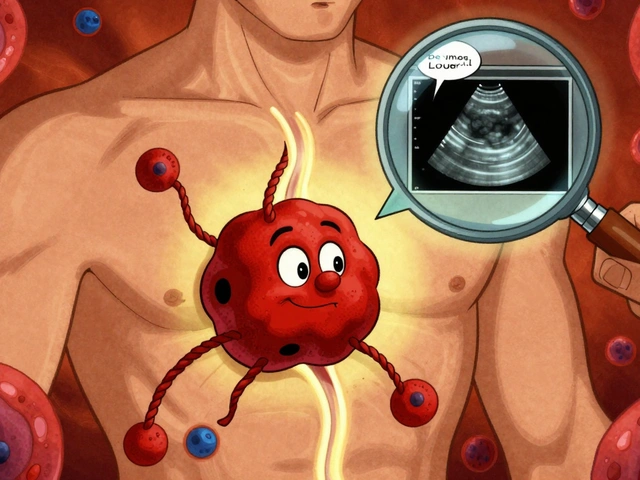Pioglitazone: What It Is and How It Works
Pioglitazone is a prescription pill that belongs to the thiazolidinedione class. It helps lower blood sugar by making the body more responsive to insulin. If you have type 2 diabetes and your doctor wants to improve glucose control, you might see pioglitazone on your prescription list.
Unlike insulin, pioglitazone isn’t a hormone you inject. You swallow a tablet once a day, usually with breakfast. It works behind the scenes, telling fat cells and muscle to let insulin do its job better. That means your blood sugar stays steadier throughout the day.
Benefits and Typical Dosage
Most people start with a 15 mg dose. If blood sugar still isn’t where it should be, the doctor may bump it up to 30 mg or even 45 mg. The goal is to find the lowest dose that keeps your HbA1c in check without causing trouble.
The main benefit is improved insulin sensitivity, which can reduce the need for additional diabetes drugs. Some studies also show a modest effect on cholesterol levels, especially lowering triglycerides. Those extra perks can be a nice bonus for heart health.
Managing Side Effects and Buying Safely
Like any medication, pioglitazone has side effects. The most common are mild—weight gain, fluid retention, or a feeling of bloating. If you notice swelling in your ankles or sudden shortness of breath, contact your doctor right away. Those could be signs of heart issues, which need prompt attention.
Rarely, pioglitazone may increase the risk of bladder cancer. Your doctor will weigh the benefits against that risk, especially if you’ve smoked or have a history of urinary problems. Regular check‑ups and urine tests can help catch anything early.
When you’re ready to buy, stick to reputable pharmacies. Look for certified online pharmacies that require a prescription and have clear contact information. Avoid “miracle” sites that sell cheap copies without a prescription—those could be fake or unsafe.
If you live in Australia, make sure the pharmacy follows TGA guidelines. For U.S. readers, check for NABP accreditation. In both cases, you should receive the medication in sealed packaging with a proper label.
Before you order, have a recent lab report handy. Some pharmacies ask for it to confirm the dosage and ensure the drug is appropriate for you. It also speeds up the approval process.
Once the pill arrives, store it at room temperature, away from moisture. Do not crush or split the tablet unless your doctor says it’s okay. Taking the full tablet as directed gives the best chance of steady blood sugar control.
Finally, keep a short diary of how you feel after each dose. Note any swelling, weight changes, or new symptoms. Sharing this log with your doctor helps fine‑tune the treatment and catch side effects early.
Pioglitazone can be a solid tool in the diabetes toolbox when used correctly. Understand the dosage, watch for side effects, and buy from trusted sources. With the right approach, you’ll stay in control of your blood sugar and feel better day to day.





